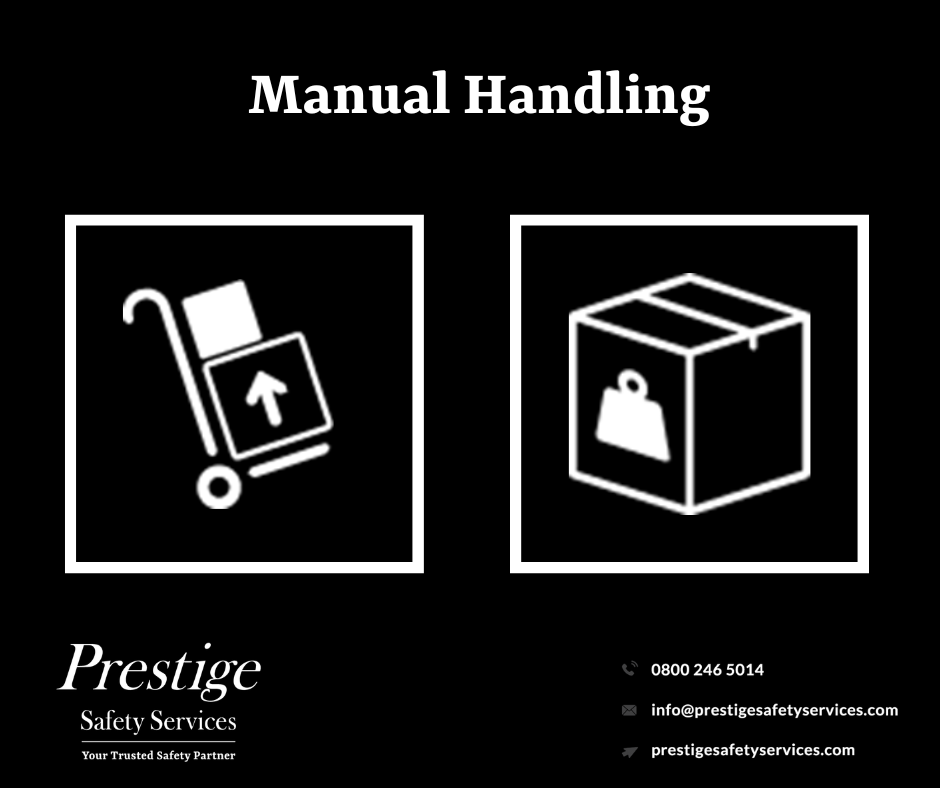Christmas is nearly here and it can be a busy stressful time for those working throughout the holiday season.
As we all know, people working in haulage and distribution can be extremely busy on the run up to Christmas, from warehouse workers to delivery drivers.
Even getting out the Christmas tree/decorations out of storage to lifting shopping bags can put a lot of strain on our bodies.
Always assess the situation, decide what you can lift safely, identify any ways which you could reduce the risk , consider ways of rearranging the task, assess the nature of the load which you are trying to move, ssess your environment and ensure that you use safe lifting techniques.
Manual Handling at Work
As an employer, you must protect your workers from the risk of injury from hazardous manual handling in the workplace. Manual handling means transporting or supporting a load by hand or bodily force. It includes lifting, putting down, pushing, pulling, carrying or moving loads. A load can be an object, person or animal.
Manual handling causes over a third of all workplace injuries. These include work-related musculoskeletal disorders such as pain and injuries to arms, legs and joints.
If manual lifting is the only option then there are things you can do to reduce the risk, including:
- make the load smaller or lighter and easier to grasp
- break up large consignments into smaller loads
- modify the workplace to reduce carrying distances, twisting movements, or the need to lift things from floor level or above shoulder height
- change the work routine to avoid excessive work rates and tight deadlines
- improve the environment – more space, better flooring, extra lighting or changing the air temperature can make manual handling easier and safer
- make sure the person doing the lifting has been trained to lift as safely as possible
- Assessments can be put in place for high risk tasks
- Consider whether you need lifting equipment
Task
Individual
Load
Environment
Manual Handling Training
Training is important as it raises awareness and reduces risk, the training should be relevant to you workplace, as an employer you should also provide training regarding manual handling
Training courses:
Principles of Manual Handling Level 2 – Over a half day period, successful learners will develop a greater awareness of manual handling , including: common manual handling injuries, the safe movement principles, theory of safe manual handling principles, theory of safe manual handling principles and manual handling equipment
Safe Moving and Handling Level 2 – During this 1 day course, learners will learn the key principles of Manual handling and how to apply these to their workplace. They will also practice a wide range of techniques, ensuring that they leave the course confident and proficient in moving and handling
Manual Handling eLearning – This course outlines exactly what constitutes manual handling and covers the regulations and legislation that applies to the manual handling tasks. It then goes n to cover safe handling techniques and how to develop good habits in relation to manual handling. It finishes off by introducing some practical solutions and the use of mechanical aids.


